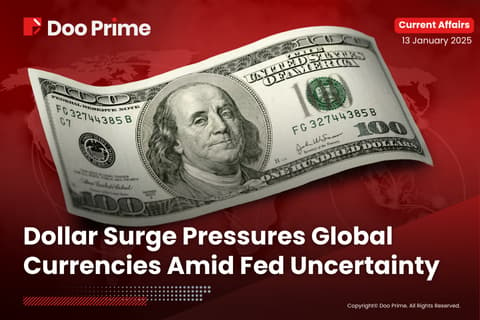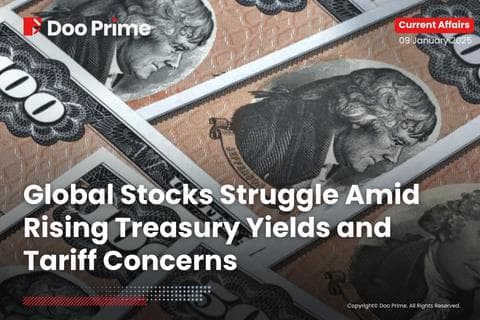WORLDWIDE: HEADLINES
Japan Consumer Inflation Seen Picking Up, Still Distant From BOJ Target
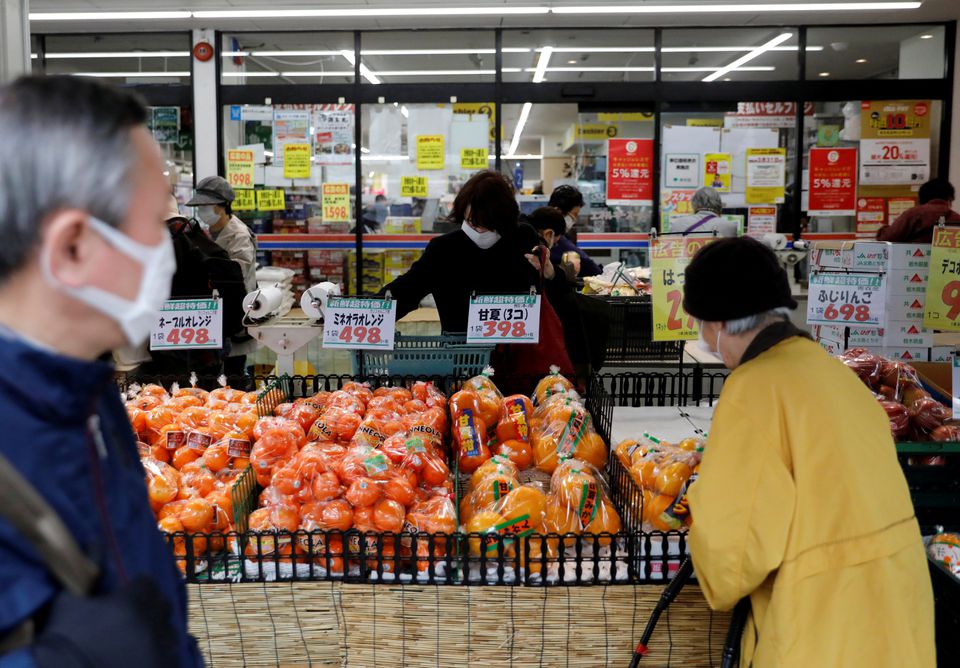
Japan’s core consumer inflation likely accelerated in March from a year earlier but was still well short of the Bank of Japan’s price goal, a Reuters poll showed, bolstering the view that the BOJ will lag way behind other central banks in normalising policy.
Separate data is expected to show Japan’s trade balance remained deep in the red, stoking worries about surging import costs of fuel and commodities, while the yen’s weakening to 20-year low past 126 versus the dollar this week adding to the pain.
Next week’s data would underscore the challenge for Japan’s central bank. The weak yen has emerged as a political hot-button issue as lawmakers demand measures to cushion the blow from rising inflation.
The nationwide core consumer price index (CPI) data, to be released by the internal ministry at 2330 GMT on April 21, likely rose 0.8% in March from a year earlier, faster than a 0.6% gain in February, the poll of 18 economists showed on Friday.
“The pace of rises in the core CPI likely returned to pre-pandemic levels,” said Takeshi Minami, chief economist at Norinchukin Research Institute.
“The natiowide core index probably picked up in March as import inflation has strengthened due to the weak yen, rising crude oil and commodity prices.”
Still, rising headline inflation does not mean the BOJ would rush to unwind its monetary stimulus anytime soon. On the contrary, the central bank is expected to stick with its powerful stimulus for some time given the view that the current cost-push inflation is far from sustainable, analysts say.
Its long elusive inflation target is 2%.
The trade data, to be issued by the Ministry of Finance at 2350 GMT on April 19, will probably show Japan’s trade balance remained in a deficit of 100.8 billion yen in March, narrowing from 668.3 billion yen seen in the previous month.
Imports likely jumped 28.9% in the year to March, outpacing a 17.5% gain in exports, the poll showed.
Full coverage: REUTERS
China Keeps Medium-term Policy Rate Unchanged, But Markets Expect More Easing
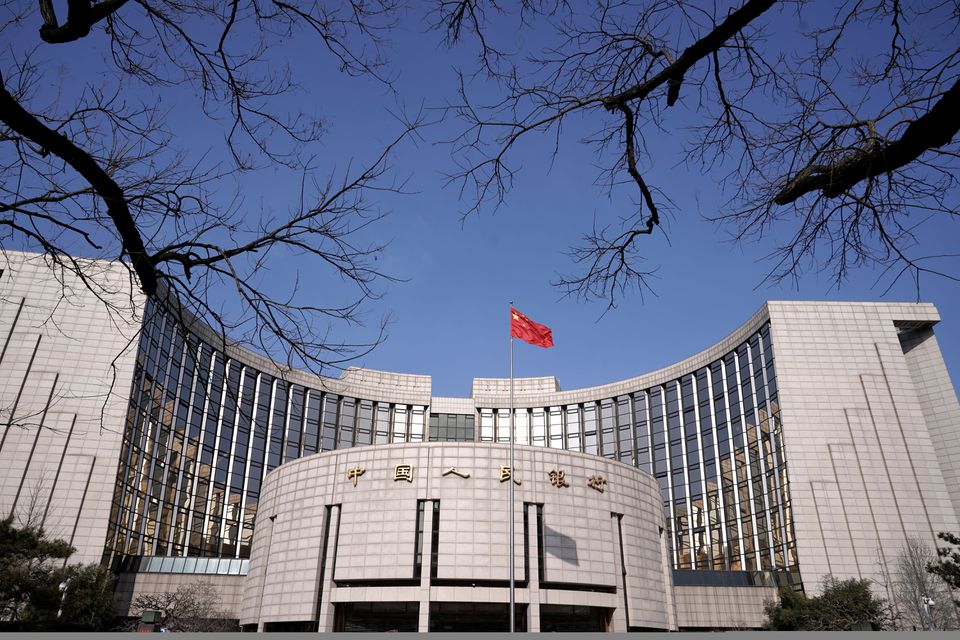
China’s central bank kept borrowing costs of its medium-term policy loan unchanged for the third straight month as expected on Friday, despite Beijing calling for more monetary stimulus to cushion an economic slowdown.
The People’s Bank of China (PBOC) said it was keeping the rate on 150 billion yuan ($23.52 billion) worth of one-year medium-term lending facility (MLF) loans to some financial institutions unchanged at 2.85% from the previous operation, to “maintain banking system liquidity reasonably ample”, according to an online statement.
Thirty-one out of the 45 traders and analysts, or nearly 70% of all participants in a Reuters poll, forecast no change to the MLF rate.
Instead, markets increasingly expect an imminent reduction in the amount of cash banks must set aside as reserves, after the State Council, or cabinet, called on Wednesday for the timely use of such monetary tools.
Global investment banks including Citi expect such a reserve requirement ratio (RRR) reduction could be delivered as early as Friday, with many expecting more easing measures still on the way.
“We doubt the forthcoming RRR cut will be the last easing move either, given the severe headwinds facing China’s economy,” said Julian Evans-Pritchard, senior China economist at Capital Economics.
“We continue to anticipate another 20 basis points of policy rate cuts this year and a further acceleration in credit growth.”
The recent fast spread of COVID-19 cases has induced lockdowns in a dozen of cities across the country, including the financial hub of Shanghai, raising concern over wider disruptions to economic activity.
That means policymakers will need to offer more stimulus to ensure the economy is on course to hit this year’s growth target of around 5.5%, analysts say.
A latest Reuters poll showed China’s economic growth is likely to slow to 5.0% in 2022 amid renewed COVID-19 outbreaks and a weakening global recovery, piling pressure on the central bank to ease policy further.
Full coverage: REUTERS
WORLDWIDE: FINANCE/BUSINES
U.S. Stocks Dip, Bond Yields Climb On Tightening Concerns
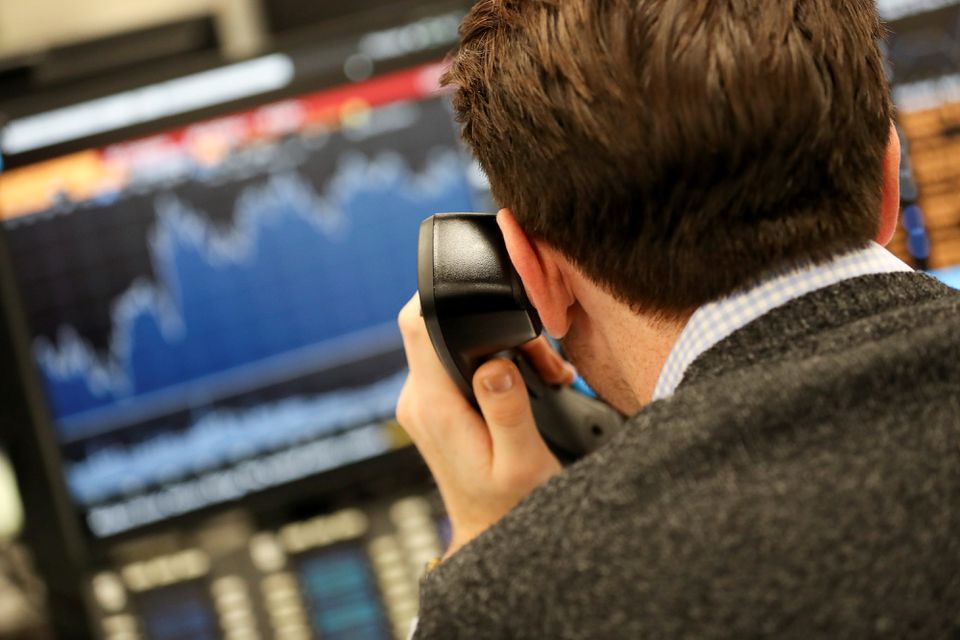
Wall Street stocks finished lower while bond yields and the dollar rose on Thursday as investors worried about the potential for aggressive U.S. policy tightening as other central banks around the world moved to reduce support.
The benchmark 10-year U.S. Treasury yield jumped, following two days of declines, after a flurry of U.S. economic data such as retail sales and jobless claims and the European Central Bank’s announcement of less aggressive than expected tightening plans.
New York Fed President John Williams said on Thursday that the U.S. Federal Reserve should reasonably consider raising interest rates by a half percentage point at its next meeting in May, which was seen as a further sign that even more cautious policymakers are on board with bigger rate hikes.
This was after the ECB said it plans to cut bond purchases – known as quantitative easing – this quarter, then end them at some point in the third quarter.
Investors also eyed hefty rate hikes by New Zealand’s central bank and the Bank of Canada, and a surprise rate hike by the Bank of Korea as well as policy tightening by the Monetary Authority of Singapore.
These moves all exacerbated bond yield increases and stock price declines, according to Mona Mahajan, senior investment strategist at Edward Jones who also noted that Thursday’s data showed the Fed’s need to act fast.
“All systems are go for the Fed to move pretty aggressively,” said Mahajan. “Generally it’s a global battle to fight inflationary pressures.”
U.S. stocks had gained on Wednesday on hopes that price increases could be peaking. But Robert Pavlik, senior portfolio manager at Dakota Wealth in Fairfield, Connecticut, saw Thursday’s trading action as a sign that there was little conviction behind those hopes.
The Dow Jones Industrial Average (.DJI) fell 113.36 points, or 0.33%, to 34,451.23 while the S&P 500 (.SPX) lost 54 points, or 1.21%, to 4,392.59 and the Nasdaq Composite (.IXIC) dropped 292.51 points, or 2.14%, to 13,351.08.
After the pan-European STOXX 600 index (.STOXX) rose 0.67% and MSCI’s gauge of stocks across the globe (.MIWD00000PUS) shed 0.71%.
Full coverage: REUTERS
Hawkish Fedspeak Keeps Dollar King, Yen Slumps To 20-year Low
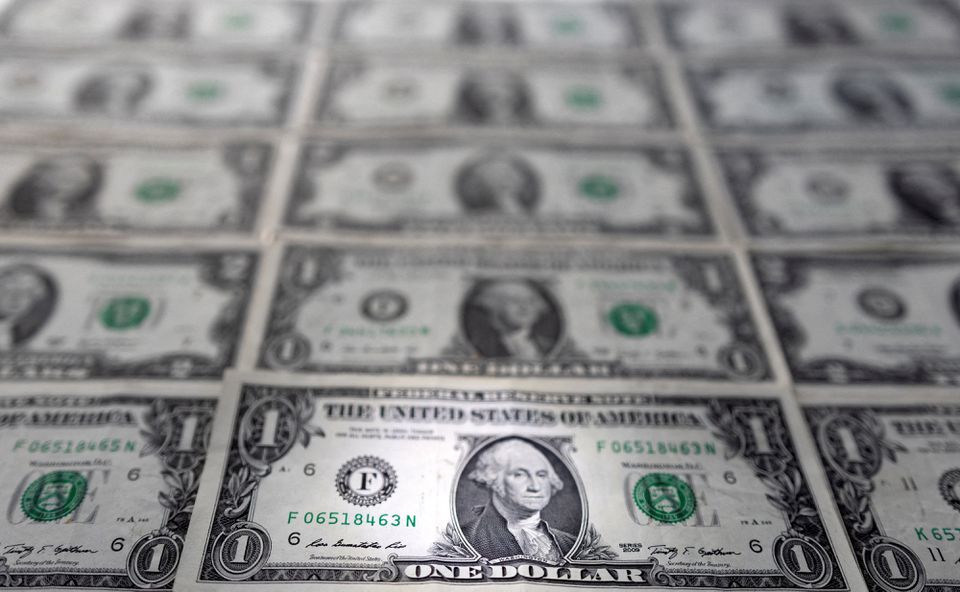
The dollar rose to a two-decade peak against the yen and kept close to a two-year high to the euro on Friday, as more hawkish comments from Federal Reserve officials reinforced expectations for faster U.S. policy tightening.
The greenback was 0.43% higher at 126.40 yen after earlier reaching 126.56 for the first time since May 2002.
The euro slipped 0.14% to $1.0812, heading back toward the overnight low of $1.0785, a level unseen since April 2020.
New York Fed President John Williams said on Thursday that a half-point rate rise next month was “a very reasonable option,” in a further sign that even more cautious policymakers are on board with faster monetary tightening.
By contrast, European Central Bank President Christine Lagarde said around the same time that there was no clear timeframe for when ECB rates would start to rise, adding that it could be weeks or even several months after the central bank winds down its stimulus scheme in the third quarter.
“Williams spoke openly of the need to move rates more swiftly and above neutral,” further buoying the dollar, Tim Riddell, a macro strategist at Westpac wrote in a client note.
By contrast, the ECB “revealed a more dovish reaction function to the inflation news than the market had discounted,” he said.
U.S. Treasury yields resumed their climb overnight, following a two-day decline, further buoying the greenback. Treasuries did not trade in Tokyo on Friday because of the Good Friday market holiday in the United States, as well as other regions including Australia, Hong Hong and the U.K.
The dollar index rose 0.08% to 100.48, edging back toward the two-year high of 100.78 reached on Thursday.
For the week, it has climbed 0.64%, while the euro has dropped 0.58%.
Against the yen, the dollar has climbed 1.71%, heading for a sixth straight winning week.
Full coverage: REUTERS
Oil Rises On News EU May Phase In A Ban On Russian Oil Imports
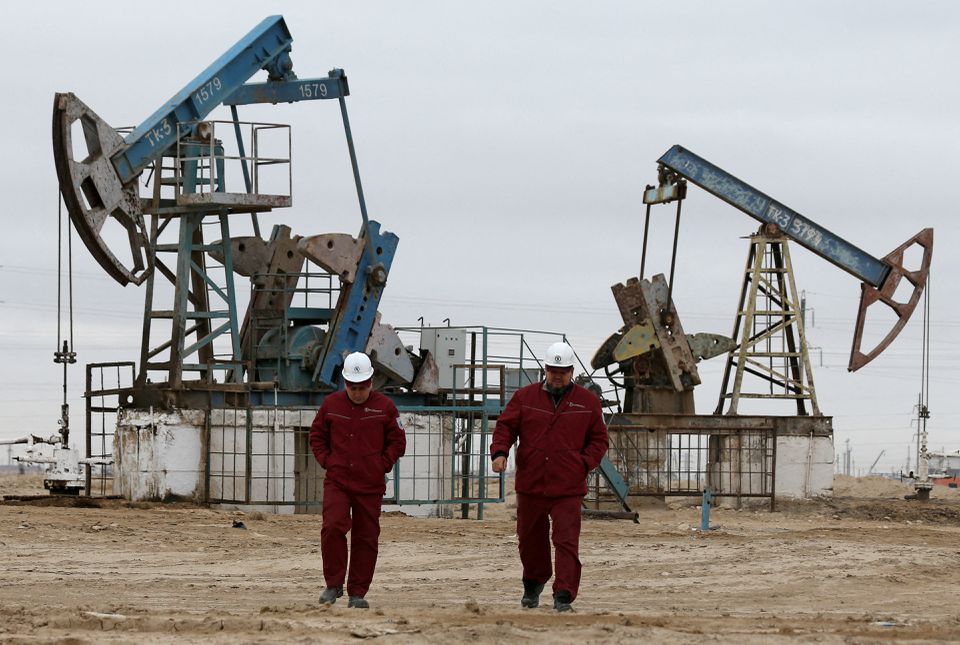
Oil prices settled higher on Thursday after an early decline as investors covered short positions ahead of the long weekend and on news that the European Union might phase in a ban on Russian oil imports.
Brent futures settled up $2.92, or 2.68%, at $111.70 a barrel. U.S. West Texas Intermediate futures closed $2.70 or 2.59% higher at $106.95 a barrel.
Both contracts recorded their first weekly gain in April. For several weeks, prices have been the most volatile since June 2020.
The New York Times reported that the European Union was moving toward adopting a phased-in ban of Russian oil, to give Germany and other countries time to arrange alternative suppliers.
A phased-in ban would force European buyers “to seek alternative sources, some of which in the near term is being met by Strategic Petroleum Reserve releases, but in the future, more supplies coming out of the ground will be required,” Andrew Lipow of Lipow Oil Associates in Houston said.
The International Energy Agency had warned on Wednesday that roughly 3 million barrels per day of Russian oil could be shut in from May onwards due to sanctions or buyers voluntarily shunning Russian cargoes.
Major global trading houses are planning to curtail crude and fuel purchases from Russia’s state-controlled oil companies in May, Reuters reported.
Russia’s Energy Ministry said it was limiting access to its statistics on oil and gas production and exports.
Trade was going to continue to be “somewhat nervous” as the war between Russia and Ukraine continues and as countries weigh banning Russian supplies, Price Futures Group analyst Phil Flynn said.
“The big question is going to be, how many people are going to want to be short oil going into the long weekend?”
Traders also adjusted their position on Thursday as U.S. May crude options expire on Thursday.
Full coverage: REUTERS

